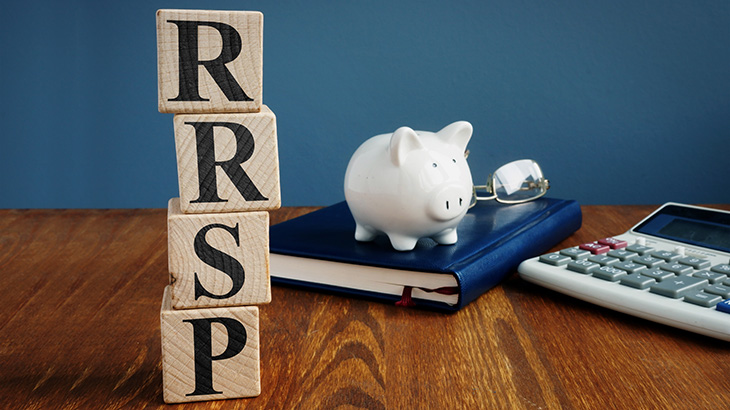Many Canadians dream of owning their own home, but putting together enough money for the downpayment isn’t always easy. To help more Canadians purchase homes, the Government of Canada offers a program called the Home Buyer’s Plan. The money you withdraw under the plan is tax-free, but funds used to repay the money you borrowed are not.
What is the RRSP Home Buyer’s Plan (HBP)?

The RRSP Home Buyer’s Plan allows you to borrow money against your retirement to fund your home’s down payment. This program can be used to buy or build a qualifying home for either yourself or a relative with a disability.
For your home to qualify, it must be located in Canada and covers most types of homes, including single-family homes, semi-detached homes, townhouses, mobile homes, condominium units, and apartments in duplexes, triplexes, fourplexes, or apartment buildings. A share in a co-operative housing corporation also qualifies as long as it entitles you to possess, and gives you an equity interest in, a home located in Canada.
However, if your share only provides you with a right to tenancy in the home, then your home will not qualify.
How Much Can You Withdraw From Your RRSP?
You can withdraw up to $35,000 from your RRSP in a single calendar year.
How to Participate in the Home Buyer’s Plan
To participate in the Home Buyer’s Plan, you must meet both the plan’s eligibility conditions and the RRSP withdrawal conditions.
Home Buyer’s Plan Eligibility Conditions
To qualify, you must:
- Be considered a first time home buyer and have a written agreement to buy or build a qualifying home either for yourself. You are considered a first time home buyer if, in the last four years, you have not occupied a home that is owned either by yourself or your current spouse or common-law partner. However, you may still qualify as a first time home buyer even if your spouse or common-law partner does not qualify.
Or
- Have a written agreement to buy or build a qualifying home for a relative with a disability, or help a relative with a disability buy or build a qualifying home. A mortgage pre-approval does not satisfy this condition. If you are using this program to help a relative with a disability, this relative must be the one to enter the agreement.
You must also intend to occupy the qualifying home as your primary residence within one year of the home being bought or built. If you are buying or building a home for a relative with a disability that relative must intend to occupy the home as their primary residence.
If you have previously participated in the Home Buyer’s Plan and wish to do so again, you must repay your outstanding Home Buyer’s Plan balance by January 1st of the year you want to participate and meet all other eligibility conditions.
RRSP Withdrawal Conditions
To meet the RRSP withdrawal conditions, you must:
- Be a resident of Canada at the time of the withdrawal
- Have received, or be considered to have received, all withdrawals in the same calendar year.
- Not withdrawal more than the maximum $35,000
- Be the only person entitled to receive payment from the RRSP that you intend to withdraw the funds from. You may withdraw funds from more than one RRSP as long as you own each RRSP.
- You are generally not able to withdraw funds from a locked-in RRSP or a group RRSP.
- Your RRSP contributions must stay in the RRSP for at least 90 days before you can withdraw them to participate in the Home Buyer’s plan.
- You, your spouse or common-law partner, or the related person with a disability that you are building or buying the home for can own the qualifying home for more than 30 days before the withdrawal is made.
- You must buy or build the qualifying home before October 1st of the year after the year of the withdrawal.
- You must fill out Form T1036, the Home Buyer’s Plan (HBP) Request to Withdrawl Funds from an RRSP for each eligible withdrawal.

RRSP Repayment Terms & Implications
You must repay the money you borrowed from your RRSP in annual installments over 15 years. The first installment is due the second calendar year following the year in which you withdrew the funds, and payment can be made up to 60 days after that year’s year-end. These repayments are not tax-deductible as an RRSP contribution and do not affect your RRSP room.
You may repay more than the minimum annual amount, and doing so will reduce how much money you need to repay in the remaining years. However, if you are unable to make your minimum payment, you must add the difference between the required minimum repayment and the amount you actually repaid to your income for tax purposes.
To designate your RRSP contributions as repayments, you will need to add this information to lines 245 and 246 of Schedule 7 (RRSP and PRPP Unused Contributions, Transfers, and HBP or LLP Activities) and include Schedule 7 with your tax return. If you don’t do this not only will these payments not count towards repaying your debt but these funds may be counted as taxable income, and you will lose this RRSP room forever.
What if I Sell My Home?
If you sell your home before you have completely repaid your funds, then you don’t have to pay off the entire balance in one lump sum. Instead, you continue following the repayment schedule.
Potential Downsides of Using the Home Buyer’s Plan
The main downside of the Home Buyer’s Plan is the fact that you are borrowing money from your retirement fund. This means that those funds are no longer in your RRSP earning interest you lose out on those interest payments, even once you fully repay the money you borrowed.
The money you put into your RRSP is sheltered from taxes, and while you won’t be taxed on the money you take out initially the money you repay is no longer tax-free since the repayments are not tax-deductible.
The ability to borrow against your retirement also means taking on more debt and financial liability, even if you only owe money to your future self.
Is This Plan a Good Fit For You?
While the Home Buyer’s Plan may be incredibly enticing in the short term, it may not be the best plan for everyone. The long term implications (including added debt, a loss of tax-sheltered income within your RRSP, and an overall reduced retirement income) need to be considered carefully.
Ultimately, whether or not participating in the Home Buyer’s Plan is a good move for you depends almost entirely on your own unique set of financial circumstances. Your Mortgage Broker will help you determine if using the Home Buyer’s Plan is the right choice for you and your family, and whether or not there is a better option for coming up with your down payment. They can also help you look into other programs that you may qualify for.
For more information about the Home Buyer’s Plan, and to help decide whether or not it is a good option for you, please speak to your Mortgage Broker.




